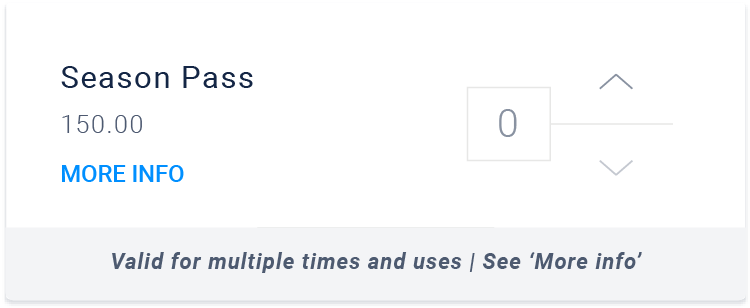Just a few required fields
Sellers first needed to complete just three required fields; name, base price, and inventory to create a product. This affords for great flexibility. Optional fields like additional ticket information, order limits, multiple uses, expiration dates and grouping multiple tickets into packs allowed sellers truly granular control over thier ticket offering..
An Embeddable Experience
After product creation, products being sold together could be grouped under the same embeddable button widget script - the vehicle for Port's buyer experience.
Contained within that button was the full white-labeled ticketing experience; allowing buyers to complete their purchase without redirects to unknown third party services and competing branding.
BYO IA
( Bring Your Own Information Architecture. ) Multiple buttons could be placed on the same domain giving sellers the ability to organize their events, tickets and information by date, location, event type, or however best fits their narrative and IA.
These same buttons could then be re-used across a variety of websites, blogs, calendars, social media, and rich emails to natively leverage the event creator's preexisting communication channels. Without being prescriptive, the inherent flexibility of the buyer experience was able to accommodate a wide variety of seller’s unique pairings and offerings.




















